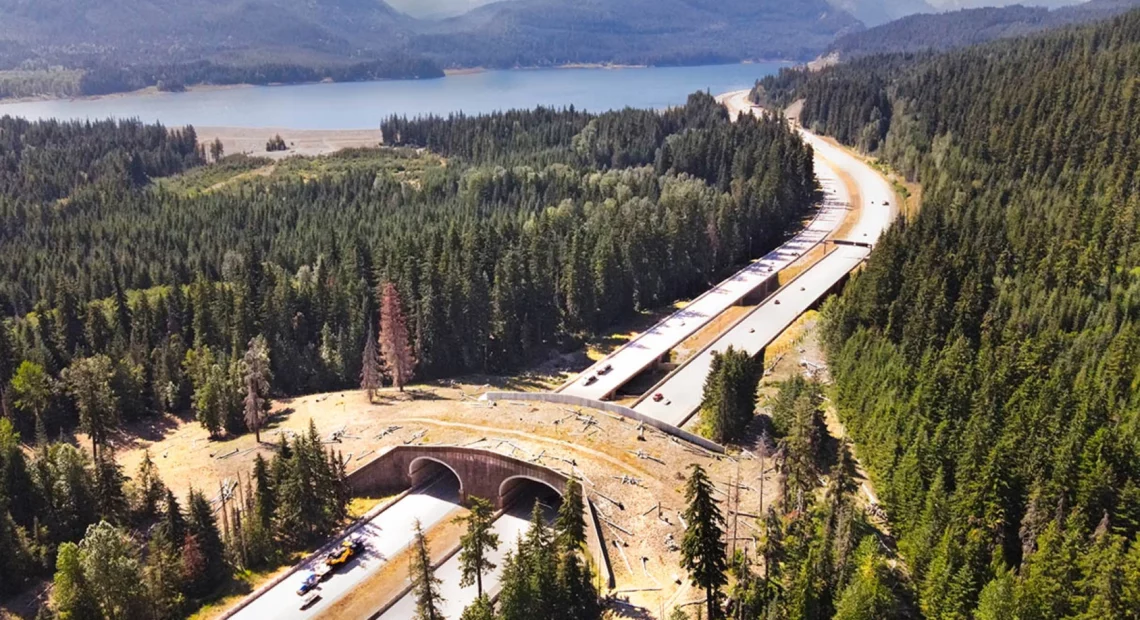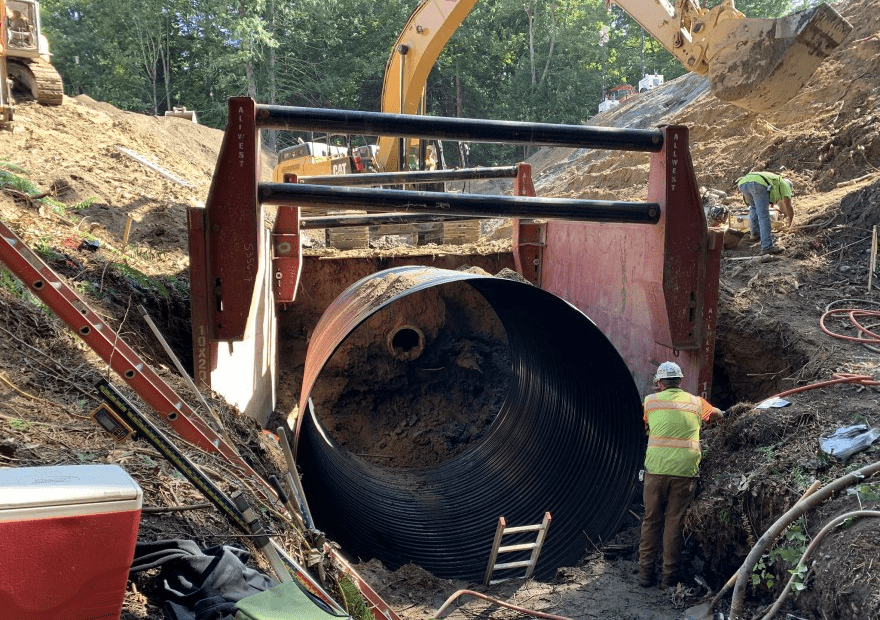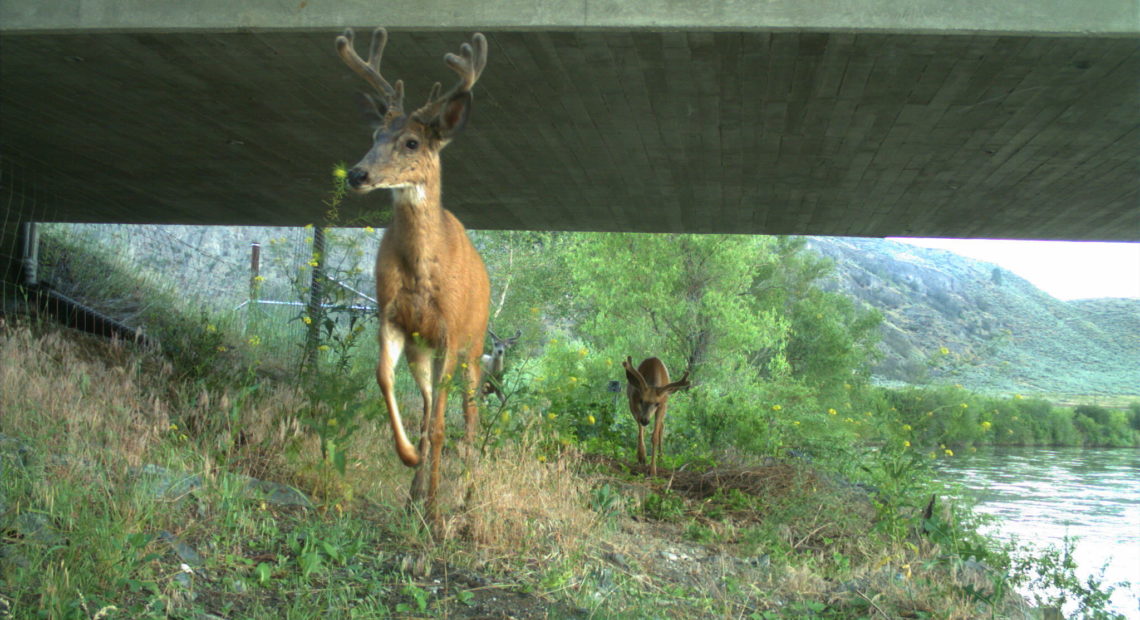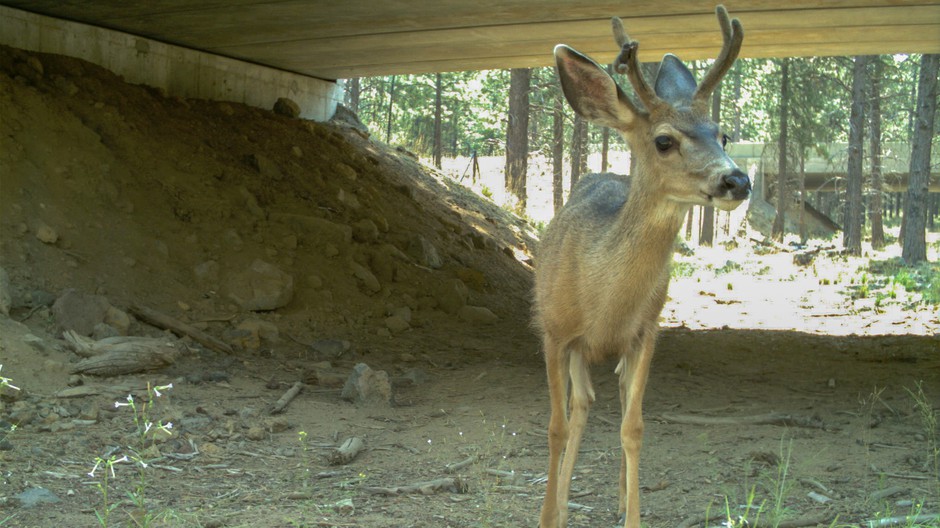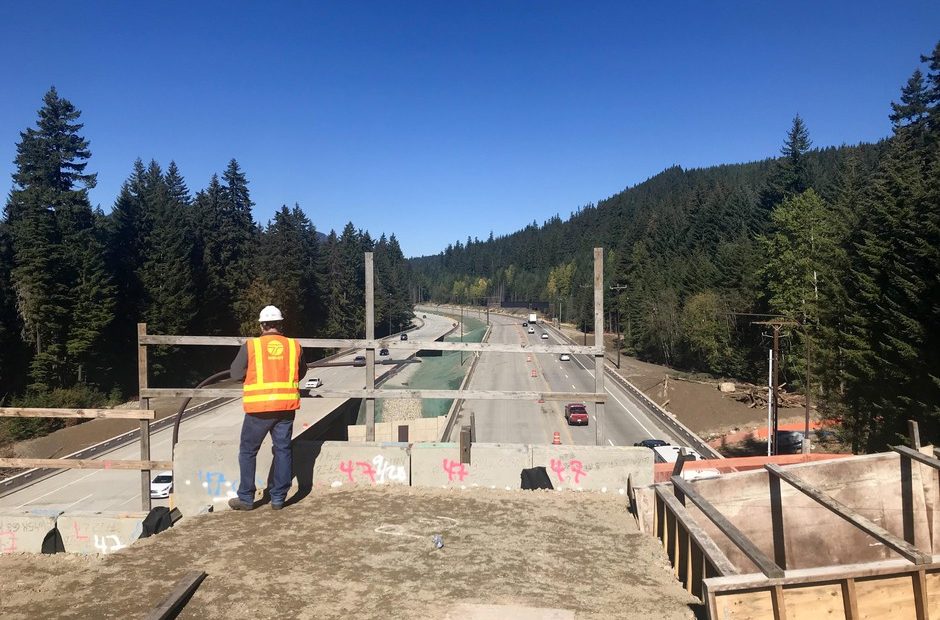A moose was spotted for the first time in Mount Rainier National Park. Credit: Mount Rainier National Park Service LISTEN (Runtime: 1:05) READ For the first time, a moose has […]Read More
Collisions between vehicles and large animals, like deer, are not only scary. The medical, car repair and cleanup costs really add up. That is according to a new study out of Washington State University that supports the case for building more wildlife crossings on highways.Read More
Northwest wildlife and wildlife habitat could get a helping hand next week from the federal government.Read More
The first part of a project that covers the most dangerous section of Highway 97 near Tonasket, Washington, is finished. It’s expected to prevent more than 100 collisions each year in just one mile in the Okanogan Valley. The 13-miles stretch from Tonasket to Riverside sees nearly 350 deer-car collisions per year.Read More
Interior Dept. Grant To Help States With Wildlife Migration. One Area In North Idaho Is A Chokepoint
A new federal grant aims to improve wildlife habitat and migration corridors in the Northwest. About $100,000 is going to a project related to a wildlife underpass that will be built under U.S. Highway 95 in North Idaho.Read More
Washington state wildlife officials are asking that you slow down, don’t drive distracted, use your high beams when you can, and brake a little longer if you see just one deer, since often more deer will follow.Read More
A 12-mile stretch of Highway 97 in north-central Washington outside Omak is one of the state’s most dangerous corridors for wildlife collisions. More than 350 deer are hit each year. New wildlife crossings like those seen over Interstate 90 and Snoqualmie Pass may help.Read More


